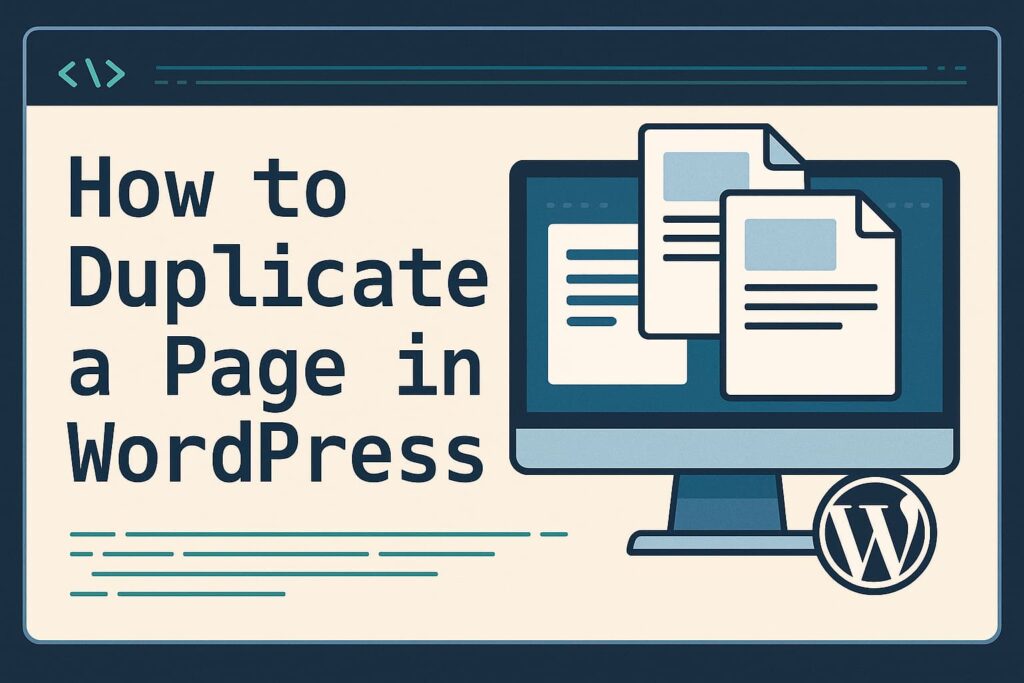Converting your WordPress site to static HTML can significantly improve speed, security, and hosting costs. Whether you’re looking to simplify your tech stack or create an archive of your content, this guide will walk you through five proven methods to convert WordPress to static HTML—from beginner-friendly plugins to advanced developer approaches.
Why Convert to a Static HTML Site?
Before we dive into the how, let’s examine the key benefits:
- Blazing Fast Performance: No database queries or PHP processing
- Enhanced Security: Eliminates common WordPress vulnerabilities
- Reduced Hosting Costs: Can host on budget static hosting like Netlify or GitHub Pages
- Simplified Maintenance: No more plugin updates or core updates
- Better Reliability: Handles traffic spikes effortlessly
Method 1: Using a WordPress Static Site Generator Plugin (Easiest)
For most users, plugins offer the simplest way to convert WordPress to static HTML:
Top Static Export Plugins
| Plugin | Best For | Key Feature |
|---|---|---|
| Simply Static | Small to medium sites | One-click export with URL rewriting |
| WP Static HTML Output | Developers | CLI support and advanced filters |
| StaticPress | Japanese sites | Multilingual support |
Step-by-Step: Using Simply Static
- Install and activate Simply Static from WordPress repository
- Go to Simply Static → Generate
- Choose export method (local directory or zip archive)
- Click “Generate Static Files”
- Download your static site files
Method 2: Manual Conversion via HTTrack (Advanced)
For complete control over the conversion process:
- Download and install HTTrack
- Create a new project and enter your WordPress site URL
- Set these options:
- Scan rules: “*.html, *.css, *.js, *.jpg, *.png”
- Exclude: /wp-admin/, /wp-includes/
- Enable “Follow robots.txt rules”
- Start the mirroring process (may take hours for large sites)
- Test the exported files locally before deploying
Method 3: Headless WordPress with Static Frontend
For sites needing occasional updates:
- Step 1: Keep WordPress as a content backend
- Step 2: Use Gatsby, Next.js, or Nuxt.js to generate static pages
- Step 3: Deploy the static frontend to Netlify/Vercel
- Step 4: Set up webhooks for rebuilds when content changes
Critical Post-Conversion Steps
After you convert WordPress to static HTML, don’t forget:
- Fix Internal Links: Update .html extensions if needed
- Test Forms: Replace PHP forms with static alternatives (Formspree, Netlify Forms)
- Implement Search: Add Algolia or client-side search
- Set Up 301 Redirects: Crucial for SEO preservation
Hosting Options for Your Static Site
| Provider | Free Tier | Best For |
|---|---|---|
| Netlify | Yes | Automatic deployments from Git |
| GitHub Pages | Yes | Developers already using GitHub |
| Cloudflare Pages | Yes | Global CDN with instant cache purging |
What Won’t Work After Conversion
- Dynamic comments (replace with Disqus or Staticman)
- WordPress plugins requiring PHP
- User login functionality
When NOT to Convert to Static HTML
Static isn’t ideal if you need:
- Frequent content updates without developer help
- E-commerce functionality (without using Snipcart or similar)
- User-generated content
- Complex member areas
Final Thoughts
Learning how to convert WordPress to static HTML opens up new possibilities for performance, security, and cost savings. For most users, starting with a plugin like Simply Static offers the best balance of simplicity and control, while developers might prefer the flexibility of a headless approach with Gatsby or Next.js.
Remember to thoroughly test your static site before going live, and consider keeping a WordPress backup for future edits. The static web is evolving rapidly—tools like Decap CMS now even allow non-technical users to edit static sites visually.







